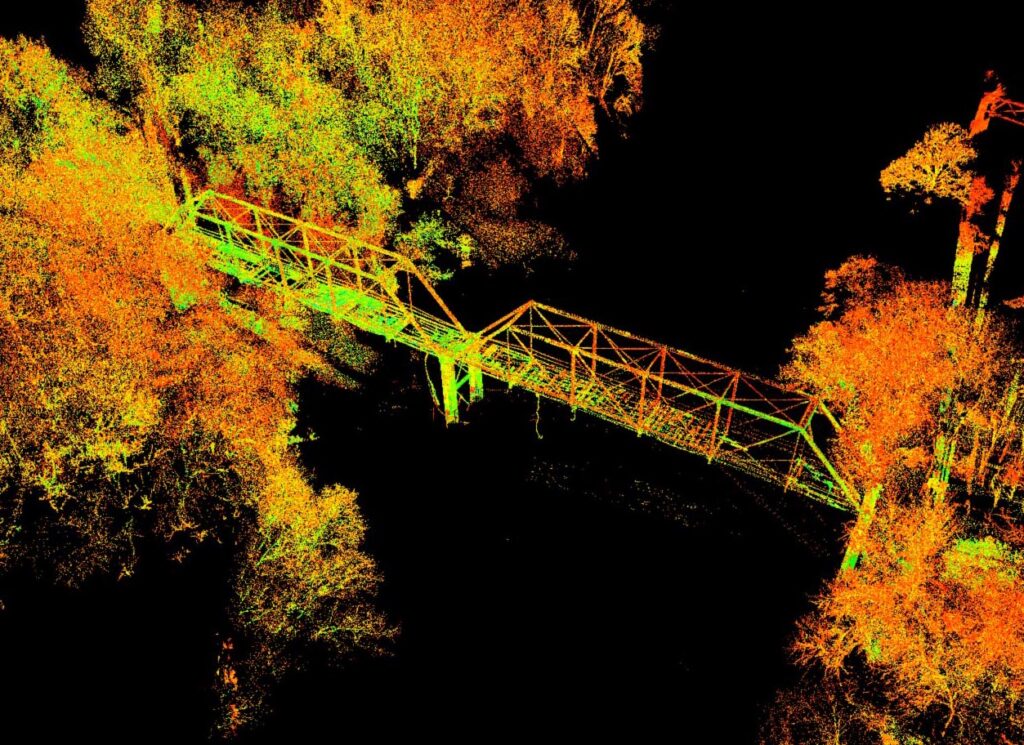
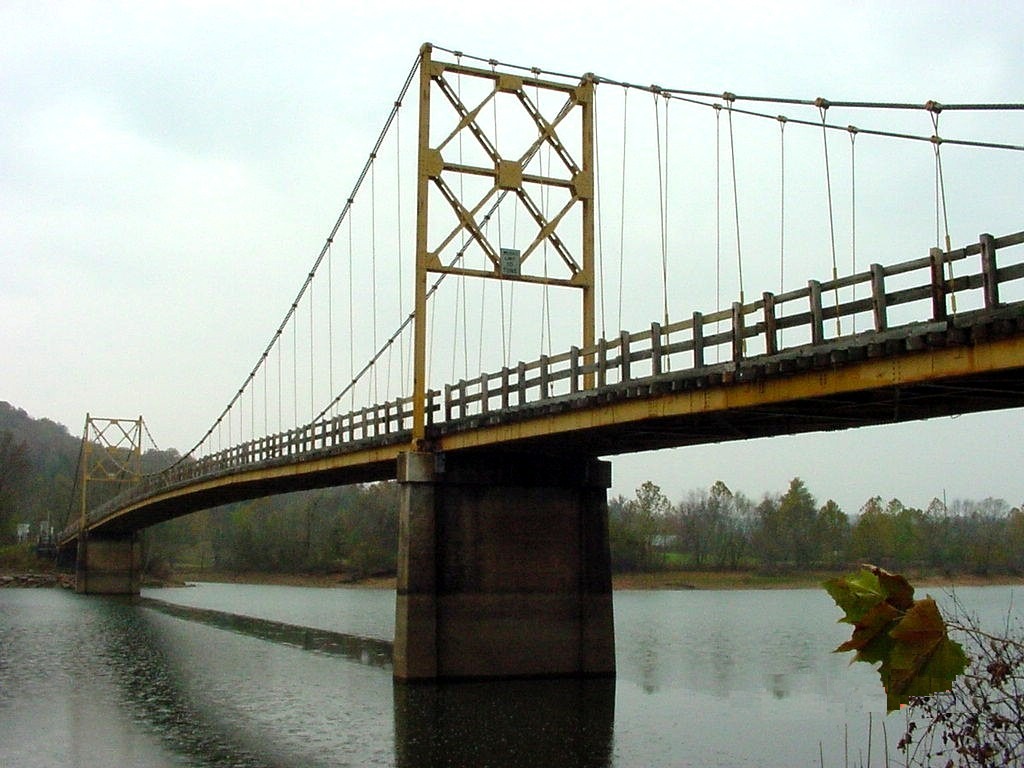
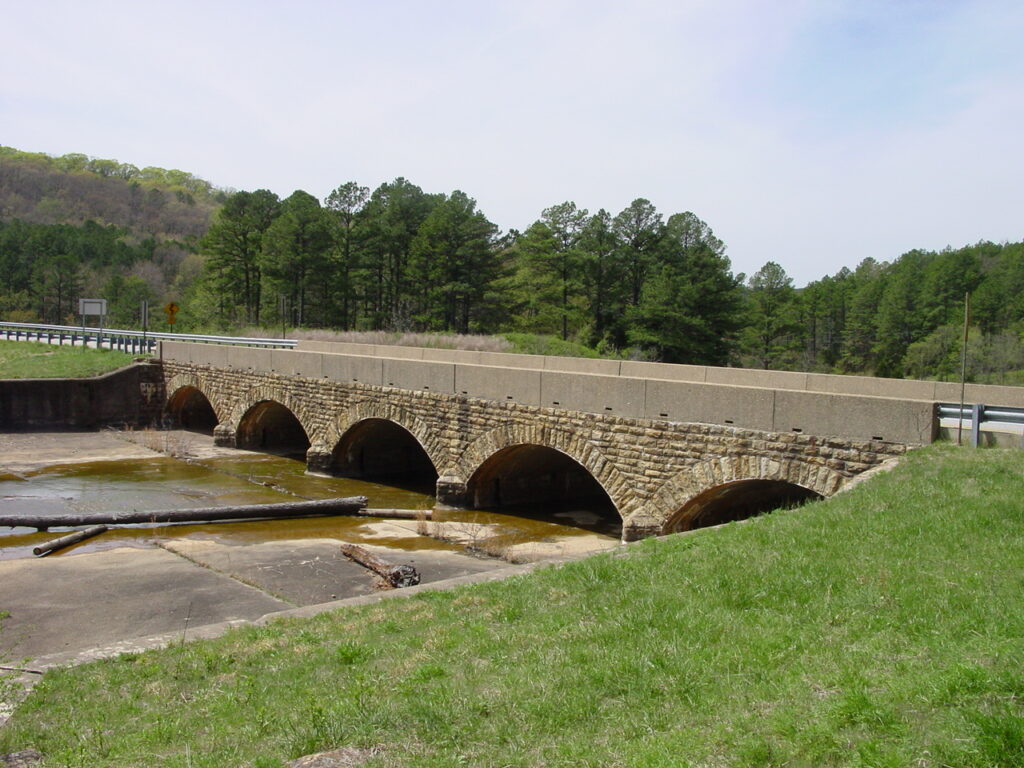
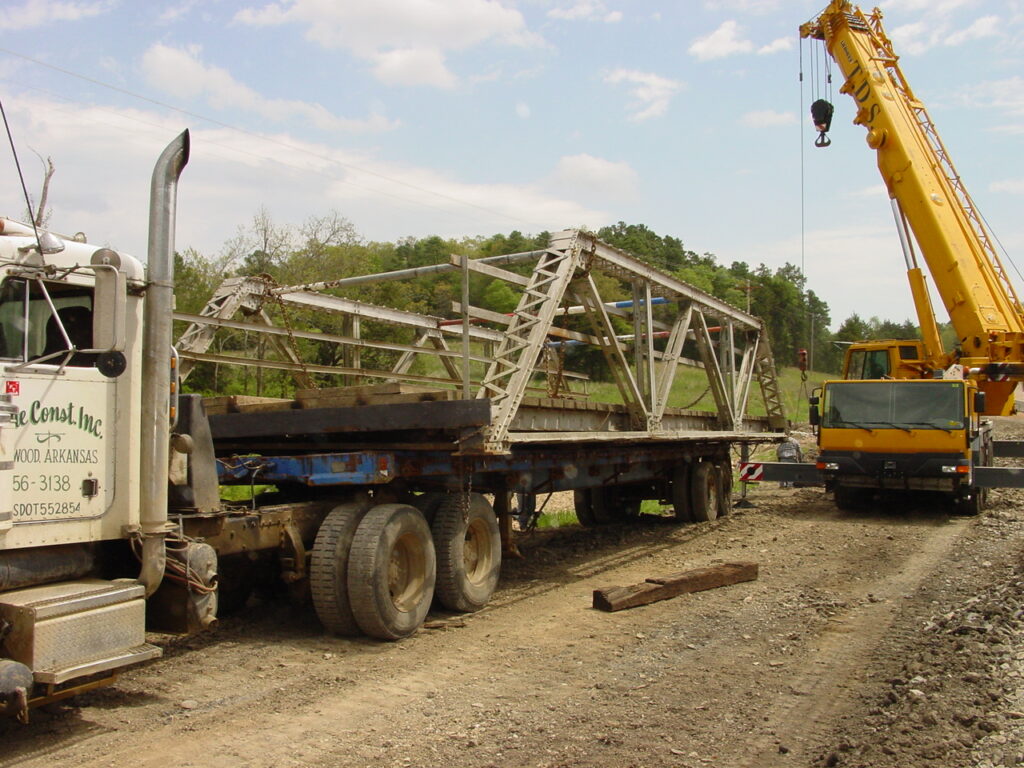
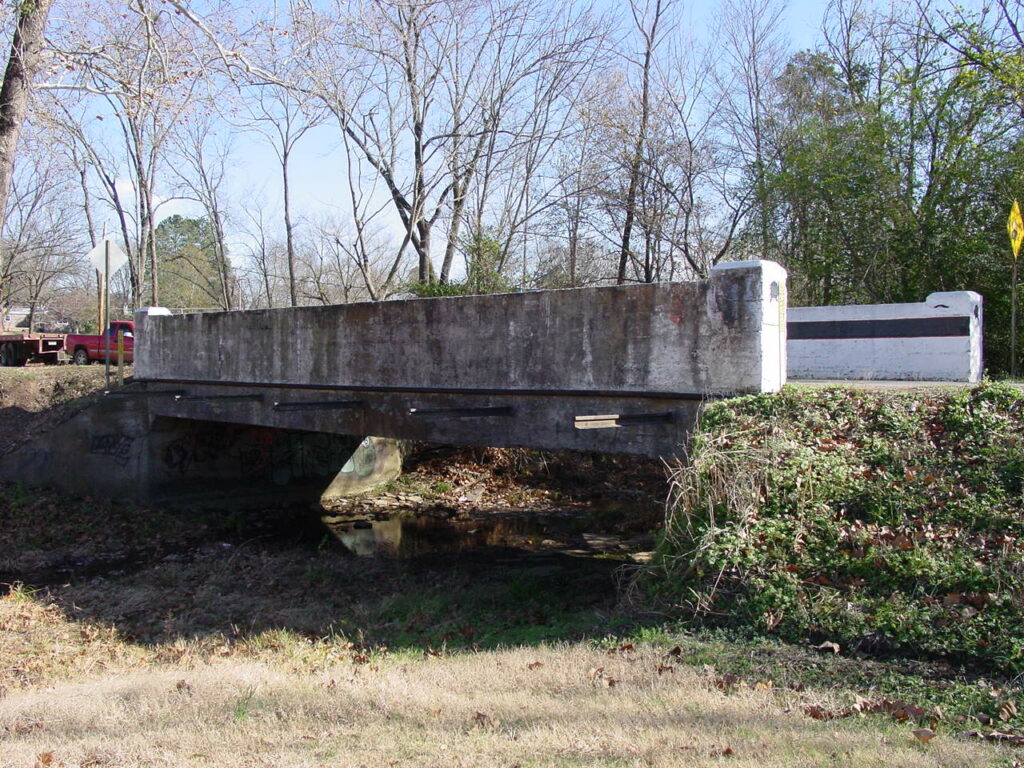
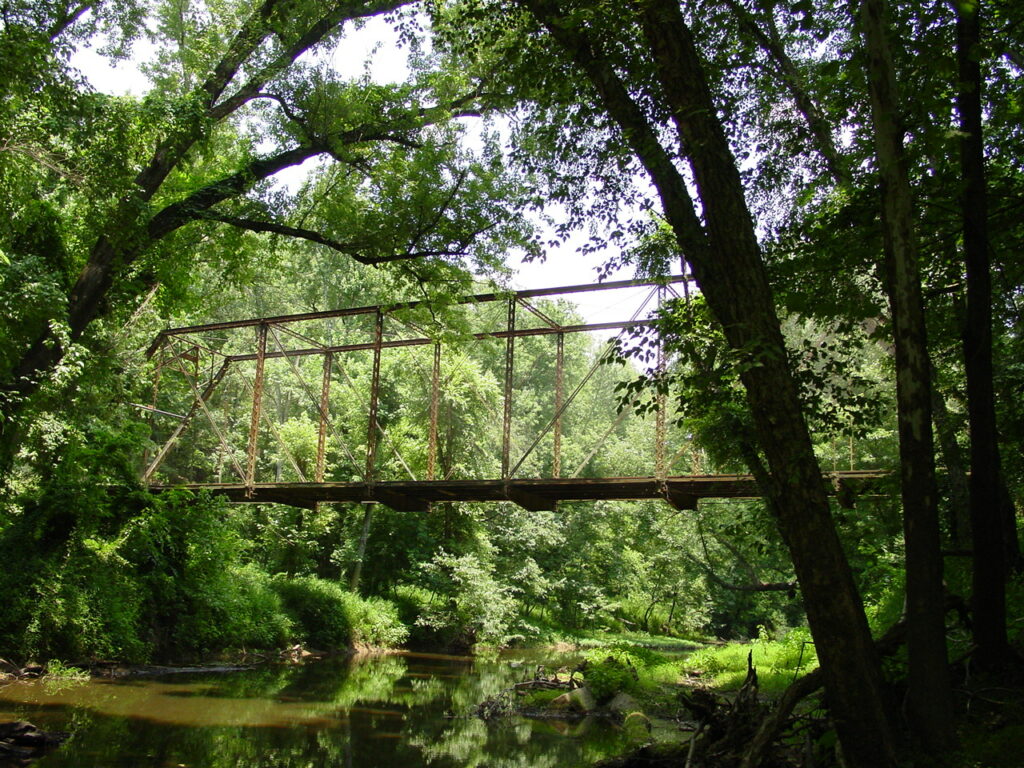
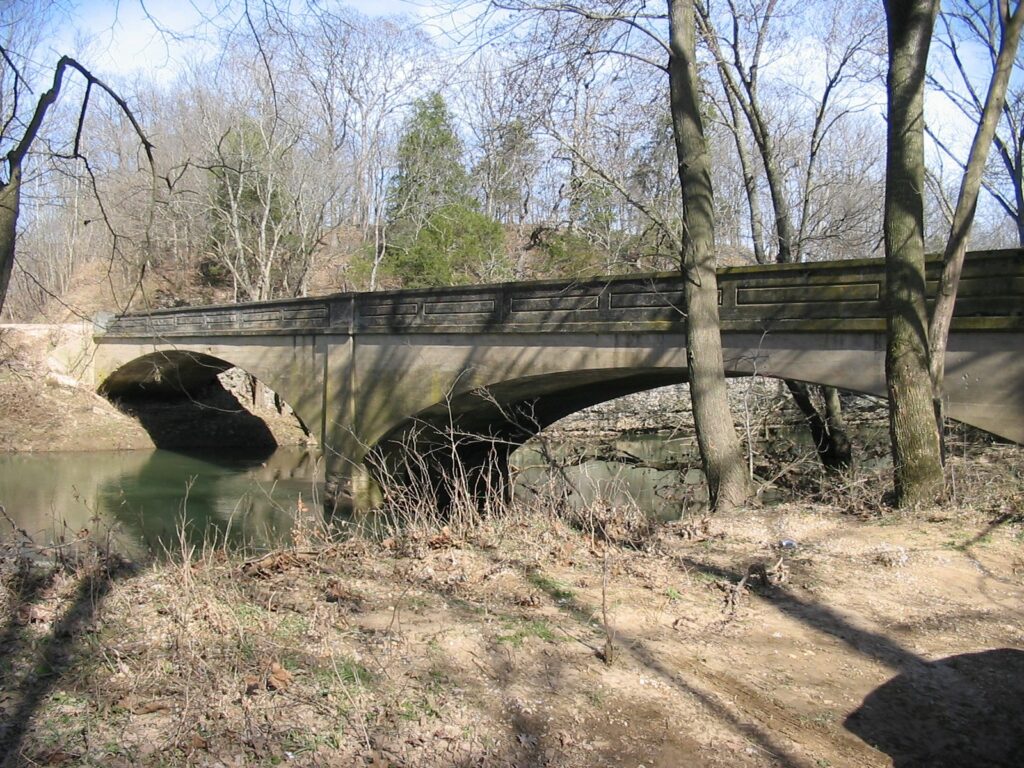
The Arkansas Department of Transportation’s Historic Bridge Program is designed to balance historic preservation needs with the traffic and safety needs of the public. The purpose of the Historic Bridge Program is twofold: (1) to produce a statewide inventory of bridges eligible for inclusion on the National Register of Historic Places (NRHP), and (2) to document, rehabilitate or preserve historic bridges that are programmed for replacement by ARDOT.
Statewide Inventory
The Surface Transportation & Uniform Relocation Assistance Act (STURAA) of 1987, Historic Bridges Section 123, requires states to complete a statewide historic bridge inventory. The Historic Bridge Program was started in 1987 to address the requirements of the new law and to develop a statewide inventory of bridges eligible for inclusion on the NRHP. ARDOT, in coordination with the Arkansas State Historic Preservation Officer (SHPO), has produced eight historic bridge inventories since that time.
Initially, ARDOT committed to conduct a historic bridge inventory every 5 years (1987, 1995, 2000, 2005, 2010), but after a review of the bridges evaluated in the inventories from 1987 to 2000, it was determined that the demolition of bridges evaluated under these previous inventories had increased substantially. Consequently, in 2003, ARDOT began a series of reevaluations for these bridges by bridge type (metal truss, concrete arch, masonry arch, etc.). These reevaluations produced three new inventories: 2005 Metal Truss Inventory, 2006 Concrete Arch Inventory, and 2007 WPA Bridge Inventory. In addition to these reevaluations, ARDOT has continued to produce inventories at five-year intervals, which include 2005 and 2010. Currently, ARDOT is working with a consultant to update the Historic Bridge Program’s inventory and evaluations through 2025s.
To view the ARDOT Historic Bridge Inventories from 1987 to 2010 click here.
For a printable map, picture, and basic information on each bridge eligible for the National Register of Historic Places click here.
Rehabilitation, Preservation, Replacement
When a historic bridge is programmed for replacement, ARDOT will review alternatives to the demolition of the bridge. To evaluate these alternatives, a Historic Bridge Analysis Committee was created, which includes Division Heads from the Bridge, Surveys, Environmental, Roadway, Construction, and Right of Way, as well as the Heavy Bridge Maintenance Engineer and an Architectural Historian or the Historic Resources Coordinator.
This committee evaluates design alternatives including rehabilitation of the bridge either for vehicular traffic, pedestrian or bicycle use, preservation of the bridge in its current location or in a new location for use by another entity, or for replacement. If the only alternatives for the bridge are replacement or another entity assuming responsibility, the bridge will be marketed.
Marketing before demolition is another requirement of STURAA, which requires states to market a historic bridge before its replacement. Marketing is defined as the attempt to make the bridge available for donation to a government or public entity showing a willingness to accept title for and capable of demonstrating the financial ability to continue maintenance on the bridge. This is accomplished by a standard marketing letter developed by ARDOT to state and federal agencies, county judges, city mayors and county historic societies. If a response is received, ARDOT will coordinate with the responder to determine if it is possible to leave the bridge in place or to relocate it for the proposed new use.
To view current advertisements for Historic Bridges being offered for donation click here.
Documentation
In addition to developing inventories and addressing the rehabilitation, preservation, or replacement of the state’s historic bridges, the Historic Bridge Program also coordinates documentation of these bridges. This documentation includes digital, color, black/white and slide pictures, archival research in state and county archives for plans and other historic documents, laser scans, 3-Dimensional models, videos and Historic American Engineering Record (HAER) documentation by the National Park Service.
Management
In an effort to streamline the management of historic bridges, ARDOT developed the Historic Bridge Management System (HBMS) in 1999. The HBMS uses a geospatial information system (GIS) to attach many different data types to a point. This point can accurately represent the location of the bridge on any map in the computer by using latitude and longitude to reference it within the GIS. The HBMS contains basic data from ARDOT’s Bridge Division database referencing the type, dimensions and condition of the bridge, as well as digitized design plans, HAER documents (photos, histories and drawings), photos, bridge record cards, National Register Forms, demolition movies and 3-D models. This has allowed ARDOT to centralize historic bridge data and to monitor historic bridge replacement across the state more efficiently.
Awards
In 2006, ARDOT and Arkansas Educational Television Network were nominated for an Emmy Award for Best Historical Documentary for their collaboration on the video “Historic Bridges of Arkansas”.
In 2005, ARDOT received an “Honorable Mention” Environmental Excellence Award for the White River – Cotter Bridge Repair project from the Federal Highway Administration.
In 2003, the ARDOT Historic Bridge Management System won a “Geospatial Innovations Award” for Innovative Geospatial Transportation Solutions from the Intergraph Corporation.
In 2002, the ARDOT Historic Bridge Management System won a “Special Recognition Globe Award” for Excellence in Environmental Protection and Mitigation from the American Road & Transportation Builders Association.
